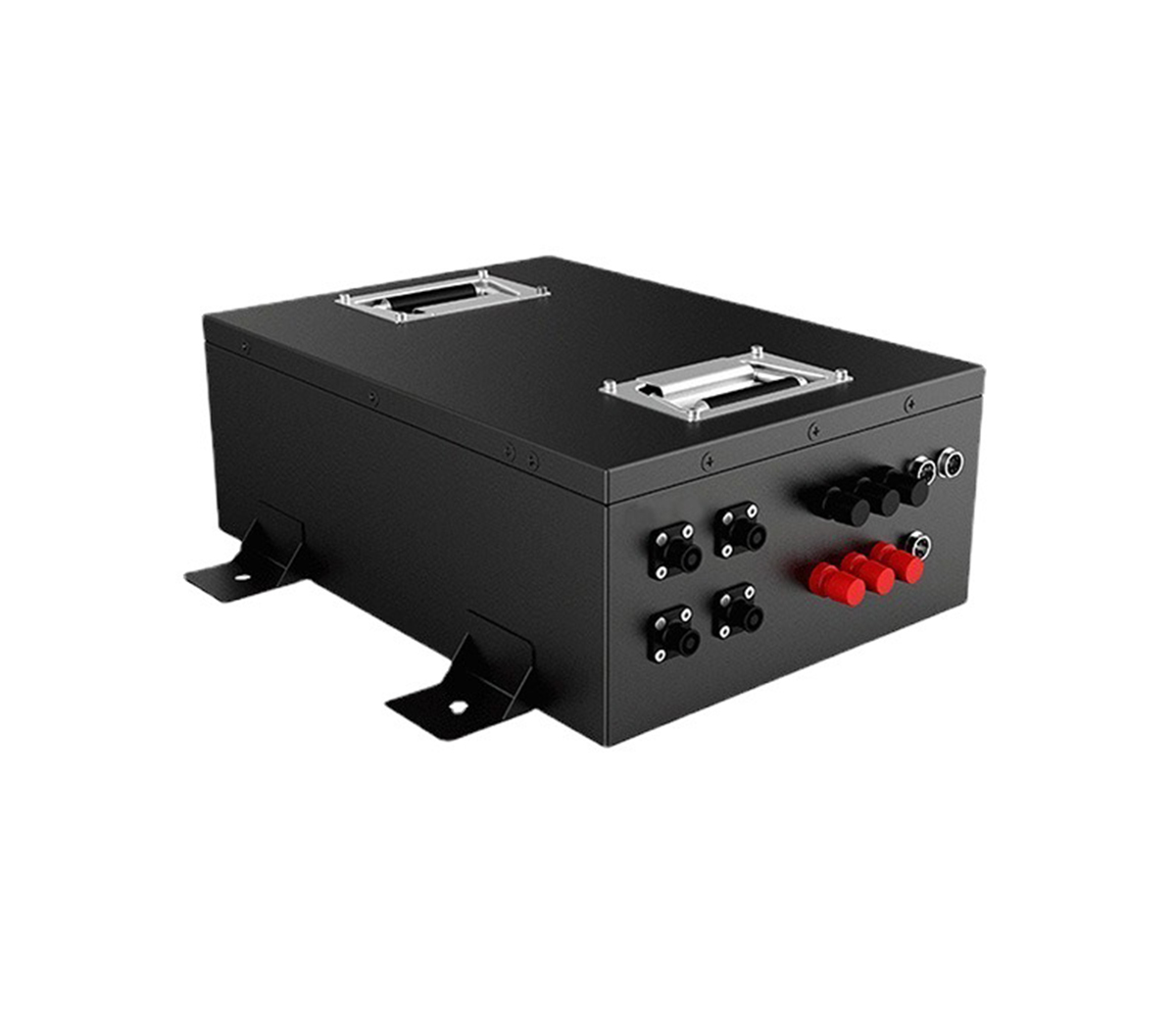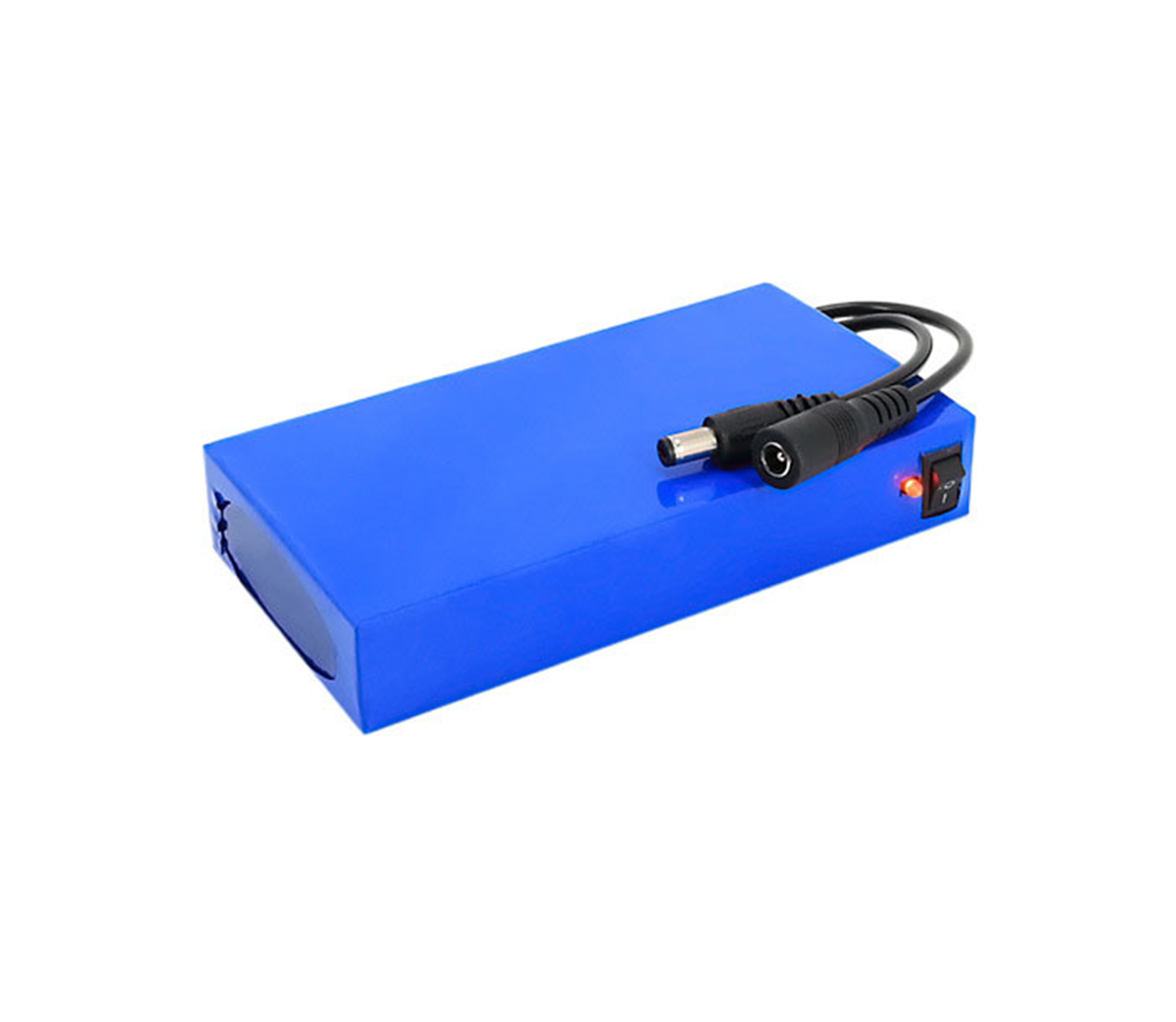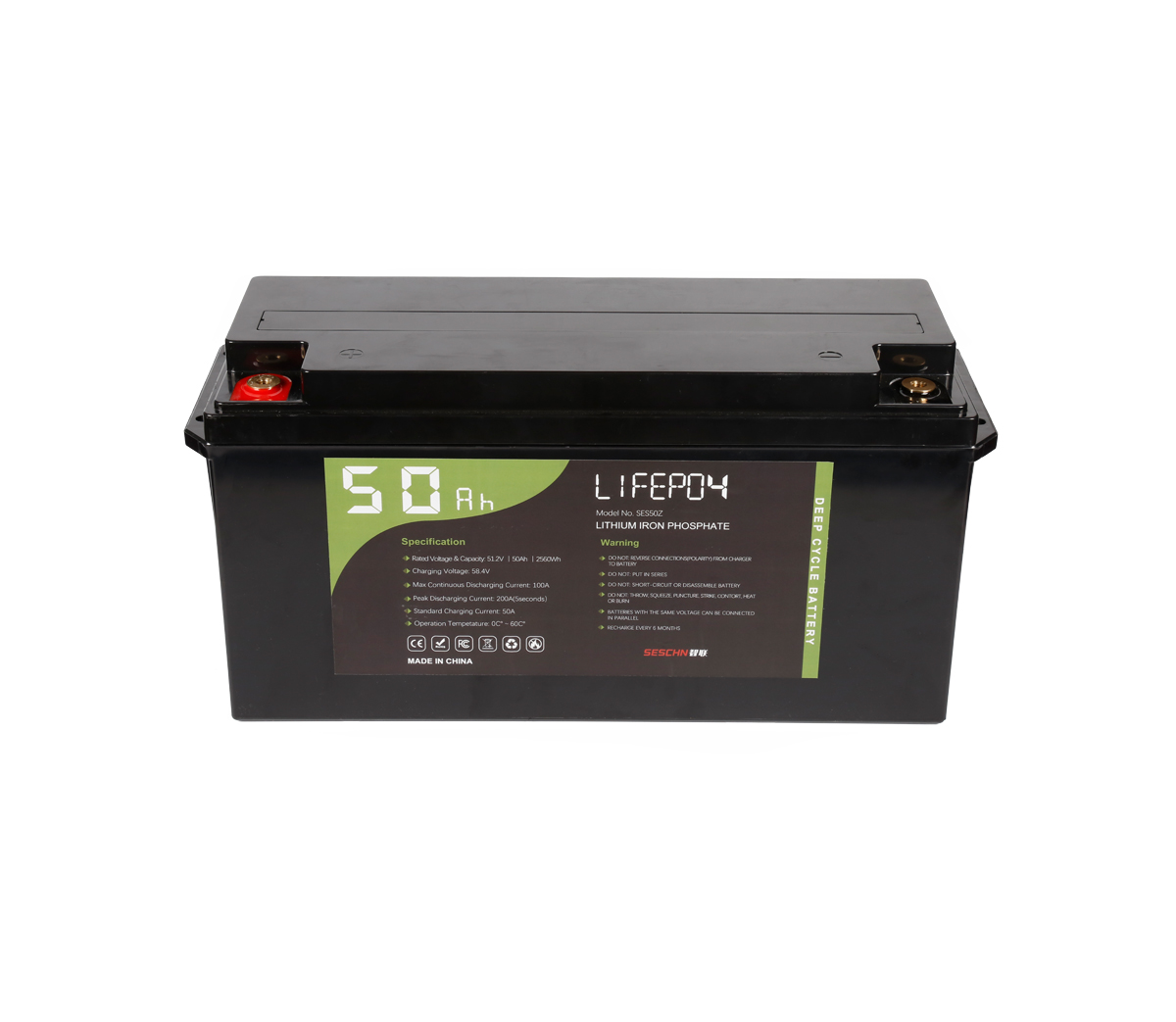Progress in the research of graphene high-performance optical devices
The ultra-thin carbon layer has unique optical and electronic properties,
and graphene is expected to be made into high-performance optoelectronic
devices. However, the usual graphene photodetector has only a small area that is
sensitive to the light beam, which limits its application.
Recently, research teams from Purdue University, University of Michigan,
and Pennsylvania State University claimed that they have solved the problem that
hinders the development of graphene high-performance optical devices. Graphene
high-performance optical devices can be used for imaging, display, sensors, and
high-speed communications.
The paper titled "Position dependence and millimeter-range photodetection
of phototransistors made of silicon carbide substrates combined with
micron-scale graphene" was published in the journal Nature Nanotechnology. The
project is jointly funded by the National Science Foundation and the US
Department of Homeland Security. At the same time, it is also funded by the
Defense Threat Reduction Agency.
The ultra-thin carbon layer has unique optical and electronic properties,
and graphene is expected to be made into high-performance optoelectronic
devices. However, the usual graphene photodetector has only a small area that is
sensitive to the light beam, which limits its application.
Professor Chen Yong from Purdue University said: "In order to solve this
problem, researchers combined graphene with a relatively large SiC substrate to
make a graphene field-effect transistor, which can be activated by light."
High-performance photodetectors can be used for high-speed communications,
ultra-sensitive cameras, sensors and wearable electronic devices. Graphene-based
transistor arrays can achieve high-resolution imaging and display.
Professor Igor Jovanovic of Nuclear Engineering and Radiology at the
University of Michigan said: "Most cameras require a lot of pixels. However, our
method makes ultra-sensitive cameras possible. Although it has relatively few
pixels, the resolution is high."
Prof. Jovanovic said: “In the usual graphene photodetectors, the light
response only occurs at a specific location near the graphene (the area is much
smaller than the device size). However, for many optoelectronic device
applications, it is hoped that the Obtain light response and position
sensitivity over a large area."
"New findings show that the device can be sensitive to light in non-local
areas, even when light is placed on a silicon carbide substrate at least 500 µm
away from graphene. The photoresponse and photocurrent can be increased by as
much as 10 times, depending on which part of the material is irradiated. In
addition, the new phototransistor technology is also position sensitive, so it
can determine where the light reaches (very important for imaging applications
and detectors).
This is the first demonstration that a small piece of graphene is used on a
larger silicon carbide wafer to achieve non-local photodetection, so the light
does not have to hit the graphene itself. Light can be incident on a larger
area, almost a millimeter, no one has done relevant research before.
A voltage is applied between the back surface of the silicon carbide and
the graphene to create an electric field in the silicon carbide. The incident
light generates photocarriers in the silicon carbide.
The research is related to the development of graphene sensors, which can
be used to detect radiation.
Professor Chen Yong said: “This paper is related to the sensor used to
detect photons, but the principle is the same as other types of radiation. We
are using sensitive graphene transistors to detect changes in the electric field
generated by photons. In this case, light interacts with silicon carbide. It
reacts at the bottom."
Jovanovic said: "Photodetectors can be used for scintillators, and
scintillators can detect radiation. Ionizing radiation produces short-term
light, and the photomultiplier tube (about a century old technology) in the
scintillator can detect it. Therefore, development can achieve the same
function. , Advanced semiconductor-based devices are very interesting
things."
In addition, the researchers also explained other findings of the
computational model. The new transistor was made by the BAK Nanotechnology
Center in Purdue Discovery Park.
Future research will include exploration of work such as scintillators,
astrophysics imaging technology and high-energy radiation sensors.


































